Blog Summary: This blog explores AI chatbot development in 2026, covering every stage from strategy to deployment. It explains benefits, real-world use cases, and cost insights while highlighting how businesses can build intelligent, scalable chatbots. Learn how AI chatbots enhance efficiency, personalize interactions, and drive measurable ROI through automation and data-driven intelligence.
Think of the digital economy as a city that never sleeps, with billions of voices, pings, and commands flowing across networks like traffic on endless highways. AI chatbots have become the intelligent traffic controllers of that city, making sure every query finds its path efficiently, day or night. What once required entire teams of customer support representatives or manual workflows now has machines that can think, reason out, and respond.
As we move into 2026, AI chatbot development is no longer an experimental playground. It has become a strategic pillar of digital customer experience and enterprise automation. Businesses across industries are integrating conversational AI into support systems, marketing funnels, and internal operations to reduce latency, improve personalization, and scale human-like interactions at a fraction of the cost.
According to a study, the global conversational AI market is projected to grow from USD 17.05 billion in 2025 to USD 49.80 billion by 2031, reflecting a compound annual growth rate (CAGR) of 19.6%. (Source: Markets and Markets)
For a broader perspective on how AI advancements are shaping industries and what innovations are expected in the coming years, explore AI trends.
This guide takes you deep into the process of how to develop an AI chatbot, step by step. From defining goals and data pipelines to model selection, integration, and cost planning, we’ll explore every technical and practical aspect that makes AI chatbots a core part of intelligent digital ecosystems in 2026.
What is AI Chatbot Development?
AI chatbot development is the process of designing, building, and training conversational software that can communicate intelligently with users through text or voice. Think of it as creating a digital assistant capable of understanding human intent, processing language, and delivering responses that make sense contextually not mechanically.
At its foundation, AI chatbot development combines software engineering, data science, and machine learning. These elements come together to create a system that can interpret language, analyze meaning, and generate relevant answers.
Here’s what typically goes into developing an AI chatbot:
- Natural Language Understanding (NLU): This is where the chatbot breaks down user inputs into intents and entities, allowing it to interpret meaning rather than keywords.
- Dialogue Management: The engine that manages context ensuring the bot remembers what has been said and responds logically.
- Response Generation: Uses large language models (LLMs) or pre-trained transformers to produce accurate, human-like replies.
- Integration Layer: Connects the chatbot to databases, APIs, or third-party systems so it can fetch information, perform actions, or update records.
- Continuous Learning: Through feedback loops and user interactions, the chatbot improves over time, refining both accuracy and tone.
In modern practice, AI chatbots are no longer isolated systems. They sit within an organization’s broader digital ecosystem interacting with CRMs, ticketing systems, and analytics tools. When implemented effectively, they enhance not only user experience but also internal efficiency and decision-making.
For forward-looking businesses exploring innovation paths like those described in AI business ideas, chatbots often represent a gateway into larger AI initiatives serving as the first visible and measurable application of machine intelligence.
Ultimately, AI chatbot development is about building systems that go beyond automation. It’s about creating responsive, adaptive, and learning-based digital companions capable of handling real-world communication with speed and precision.
How to Develop an AI Chatbot Step-by-step?
Understanding AI chatbot development means following a structured process that turns raw data and intent into a functioning conversational system. The steps below describe how to build an intelligent chatbot that understands, retrieves, and acts.
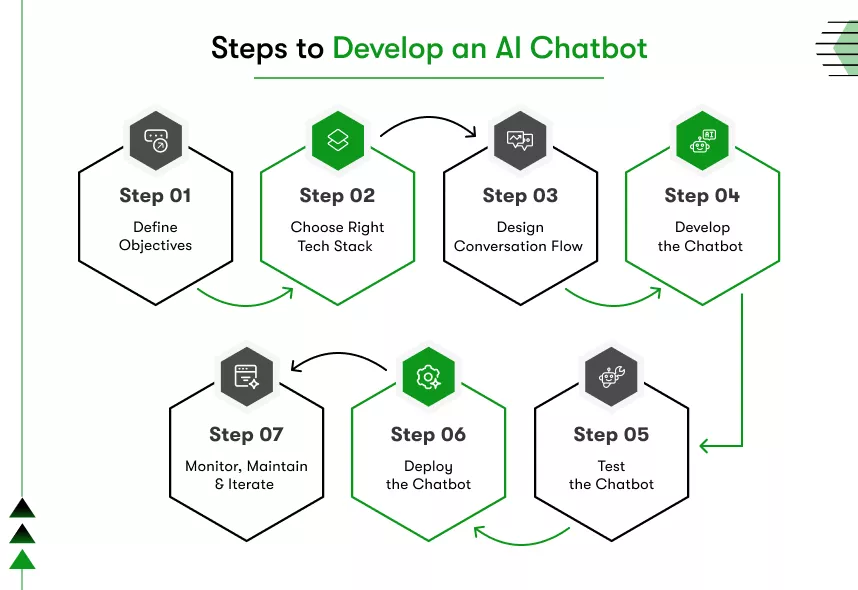
This framework fits a wide range of AI use cases including customer support, workflow automation, and enterprise knowledge management.
Step 1: Define the Purpose and Success Criteria
Every chatbot begins with a purpose. Teams must clearly document:
- The main function of the chatbot, such as customer service or sales enablement.
- The target audience and user journey.
- Measurable goals like containment rate, response accuracy, or time-to-resolution.
- Personality and tone guidelines.
- Escalation rules for when human intervention is required.
This foundation ensures that design, architecture, and data collection all serve the same measurable outcomes.
Step 2: Gather and Prepare the Knowledge Base
A chatbot’s intelligence depends on the quality of its information.
- Collect structured and unstructured data including manuals, FAQs, support tickets, and website content.
- Standardize formats for text or JSON for ingestion.
- Clean and normalize language, remove duplicates, and tag each record with metadata such as topic, product, or version.
- Store everything securely in a document repository or object storage that supports indexing.
Step 3: Map the Conversation Design
Conversation design defines how the chatbot interacts with users.
- List common intents and required entities.
- Build decision trees or flow diagrams that visualize expected user paths.
- Add fallback responses and clarifying questions.
- Specify tone and formatting guidelines for generated messages.
A well-planned conversational flow prevents confusion and maintains user trust.
Step 4: Develop the Core Architecture
Modern AI chatbot development relies on modular backend design that separates logic, data, and AI inference. A strong architecture typically includes:
- Frontend connectors for web, mobile, or messaging platforms.
- API gateway and orchestrator to handle requests, validation, prompt creation, and routing.
- Vector databases such as Pinecone or Weaviate for storing text embeddings.
- Retrieval layer to fetch relevant context before every query.
- Language model layer for reasoning and generation.
- Tool layer that enables the chatbot to call APIs or internal functions.
- Safety and compliance layer that checks for policy violations and sensitive content.
Step 5: Implement Retrieval-Augmented Generation (RAG)
RAG connects stored knowledge with model reasoning.
- Break long documents into smaller contextual chunks of around 300 to 800 tokens.
- Generate vector embeddings for each chunk.
- Store them in the vector database with relevant metadata.
- When a user sends a query, perform semantic and keyword search to retrieve the most relevant text.
- Inject the retrieved context into the model prompt, so the answer is grounded in actual company data.
This process minimizes hallucinations and keeps responses factual.
Step 6: Integrate Tools and Business Logic
Adding functionality turns a chatbot from a responder into an operator.
- Identify key actions such as ticket creation, order lookup, or meeting scheduling.
- Expose these functions through secure REST or GraphQL APIs.
- The orchestrator decides whether to respond directly or call one of these tools.
- Validate all inputs, mask confidential data, and log every tool call for traceability.
Step 7: Implement Memory and Context Handling
Context awareness allows for natural, multi-turn conversation.
- Maintain short-term session memory, so the chatbot remembers what the user asked earlier.
- Store minimal non-sensitive preferences like language or region for better continuity.
- Provide commands for users to reset or delete stored context.
- Respect privacy policies and compliance regulations at all times.
Step 8: Apply Policy and Safety Controls
Responsible AI chatbot development requires clear boundaries.
- Draft a policy document that defines restricted content, escalation rules, and disclaimers.
- Add classifiers to detect sensitive or abusive input before sending it to the model.
- Filter model outputs for PII or policy breaches.
- Ensure users can request human assistance easily when the chatbot reaches its confidence limit.
Step 9: Test and Validate
Testing verifies reliability before deployment.
- Functional testing checks that every integration and data retrieval works.
- Accuracy testing compares generated answers with verified reference responses.
- Load testing measures latency and cost under concurrency.
- User testing evaluates tone, ease of use, and satisfaction.
- Track metrics such as response accuracy, containment, latency, and escalation rates.
Step 10: Deploy, Monitor, and Iterate
Launch the chatbot only after all validation gates are passed.
- Deploy using containers or serverless infrastructure for scalability.
- Configure logging of prompts, retrieved data, and model responses.
- Set up dashboards for performance and cost analytics.
- Schedule periodic reviews to retrain embeddings, refresh content, and refine prompts.
Deployment marks the beginning of continuous improvement, not the end of development.
Step 11: Scale into an Enterprise Ecosystem
Once stable, the chatbot becomes a core digital component.
- Integrate with CRMs, ERPs, and data warehouses.
- Extend capabilities with multilingual support and speech input.
- Combine it with other intelligent systems such as predictive analytics or recommendation engines.
- Align all these components under a unified AI app development framework to build a scalable, intelligent automation layer.
AI chatbot development is an engineering discipline that merges software design, data engineering, and applied machine learning. When each step is executed precisely and maintained through iteration, the result is an intelligent assistant that communicates clearly, performs reliably, and grows smarter with every interaction.
What are the Benefits and Real-world Use Cases of AI Chatbot Development?
Imagine a digital concierge that never sleeps, understands context, and handles complex requests instantly. That is what AI chatbot development achieves when executed correctly. Businesses across industries are learning how to develop AI chatbots that streamline workflows, reduce costs, and enhance user satisfaction.
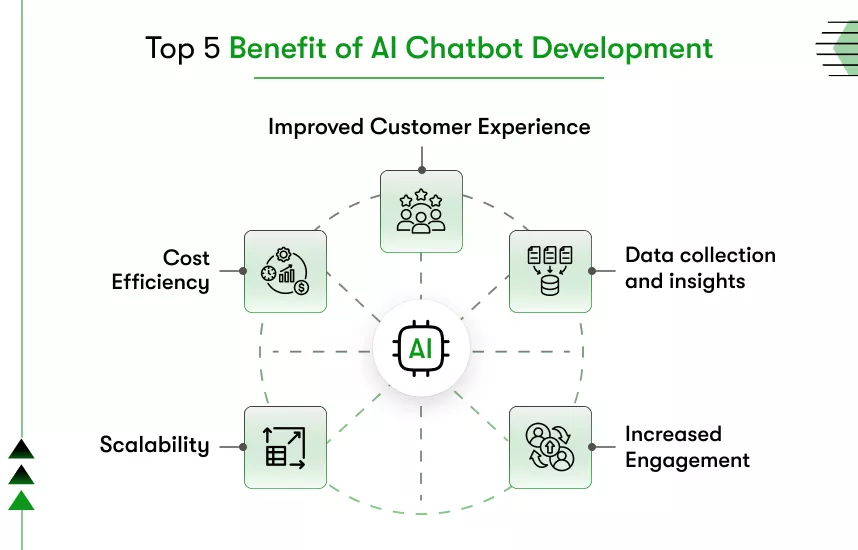
When you build an AI chatbot, you create more than an automated responder. You create an intelligent system that interprets intent, retrieves data, and acts on it autonomously. The impact is measurable in customer experience, lead generation, and long-term brand loyalty. These results connect directly to the broader ROI of AI Apps, proving that chatbots drive tangible business value beyond routine automation.
In 2026, organizations are investing in chatbots that operate across digital touchpoints, process millions of interactions per month, and learn from every conversation to improve accuracy.
The following section explores how these advancements translate into practical benefits and real-world applications that redefine modern business operations.
1. Improved Efficiency and Cost Reduction
One of the strongest business cases for AI chatbots is its impact on efficiency and cost optimization. Intelligent chatbots reduce repetitive workloads, automate manual interactions, and deliver faster outcomes without expanding the workforce.
Key advantages include:
- Automates repetitive tasks such as FAQs, order lookups, and status updates.
- Frees human agents to handle complex, revenue-impacting conversations.
- Reduces overall support costs while maintaining response quality.
- Scales operations instantly during peak traffic without needing extra staff.
By using advanced AI Development Platforms, companies can design chatbots that connect directly to CRMs, ERP systems, or internal ticketing tools. This allows the chatbot to fetch data, update records, and trigger workflows in real time eliminating repetitive manual steps that consume valuable employee time.
For instance, a large telecom operator introduced an AI chatbot to handle billing, recharge, and plan upgrades. Within six months, it resolved nearly 70% of inquiries automatically, freeing the support staff to handle complex issues and cutting the total cost per interaction by almost half.
This is a clear example of how AI chatbot development not only improves performance metrics but also supports long-term financial efficiency.
2. 24/7 Availability and Multilingual Support
Round-the-clock accessibility has become one of the defining advantages of AI chatbot development. Businesses that operate across multiple regions or serve international audiences can now offer real-time assistance without depending on time zones or agent shifts.
Key advantages include:
- Providing uninterrupted service to customers, employees, and partners across geographies.
- Supporting multilingual communication using natural language processing and translation APIs.
- Ensuring consistent tone and accuracy regardless of time or region.
- Handling high query volumes simultaneously without system fatigue or wait times.
With modern NLP frameworks and large language models, chatbots can automatically detect user language and translate responses on the fly. This makes it possible for global enterprises to maintain one unified conversational interface that understands dozens of languages while preserving context and meaning.
In practice, travel and eCommerce brands are the biggest beneficiaries of this capability. A travel aggregator, for example, can assist users with flight rebooking, hotel confirmations, or refund requests at any time. The chatbot responds instantly, checks booking data, and provides updates even during off-peak hours when human staff are unavailable.
Similarly, international retailers deploy multilingual chatbots to answer localized customer questions, process returns and push region-specific promotions. This consistent presence improves satisfaction scores and strengthens trust among global audiences.
In 2026, this ability to combine continuous availability with multilingual capability has transformed chatbots from basic automation tools into integral communication layers that keep global business ecosystems connected at all hours.
3. Personalized and Context-Aware Interactions
Another major advantage of AI chatbot development lies in delivering personalized and context-driven experiences. Unlike scripted bots that follow predefined paths, modern chatbots use context memory, embeddings, and natural language understanding to tailor every interaction based on the user’s intent and history.
Key advantages include:
- Recognizing returning users and remembering their previous interactions or preferences.
- Offering personalized recommendations or follow-ups based on conversation history.
- Using retrieval-augmented generation (RAG) to fetch relevant responses tied to user context.
- Reducing friction in customer journeys by predicting needs rather than reacting to them.
Personalization has evolved significantly with the adoption of generative AI solution architectures that combine large language models with dynamic data retrieval. These systems analyze user behavior, conversation tone, and transactional context to generate accurate, relevant, and human-like responses. As a result, businesses can maintain consistent engagement even across long, multi-turn conversations.
A strong example comes from the healthcare sector, where patient-facing chatbots provide symptom-based guidance, appointment scheduling, and medication reminders. Instead of generic responses, the chatbot tailors its suggestions according to the patient’s medical history and prior visits. This approach increases engagement, ensures better care continuity, and improves satisfaction.
In the retail space, AI chatbots personalize product recommendations by referencing past purchases and browsing behavior. When a returning customer asks about a previous order or a complementary item, the chatbot retrieves that data from the CRM and offers curated options instantly.
This level of personalization turns every chatbot interaction into a data-informed, human-like experience, reinforcing how AI chatbot development adds measurable value to customer relationships and brand loyalty.
4. Seamless System Integration and Workflow Automation
A well-engineered AI chatbot development project goes beyond conversation. The true business value appears when the chatbot integrates seamlessly with internal systems to automate workflows and execute real-time actions. This capability turns a static interface into an operational command center for both customers and employees.
Key advantages include:
- Connecting chatbots to CRMs, ERPs, HRMS, and analytics systems through secure APIs.
- Automating internal tasks such as report generation, status updates, and lead qualifications.
- Eliminating the need for users to switch between multiple dashboards or tools.
- Improving accuracy and turnaround time by removing manual intervention in repetitive workflows.
Modern integration frameworks allow chatbots to read and write directly into enterprise systems. For instance, a banking chatbot can access customer profiles, verify account balances, and initiate fund transfers after authentication. Similarly, in logistics, chatbots can fetch shipment statuses, update records, or raise tickets automatically without agent input.
These integrated workflows not only streamline operations but also create a single, intelligent interface for both customers and internal teams. Employees can query systems using natural language instead of navigating complex forms or databases, saving hours of routine effort.
Companies across manufacturing, banking, and healthcare are leveraging these integrations to simplify multi-step operations. When executed effectively, workflow automation through AI chatbot development becomes a foundation for digital maturity, enabling scalable, consistent, and error-free business processes.
5. Data-Driven Insights and Business Intelligence
Every interaction handled through AI chatbot development generates valuable data. Each question, click, or escalation leaves a digital footprint that can be analyzed to identify patterns, optimize operations, and improve decision-making. Chatbots have evolved from conversational tools into analytical assets that feed real-time insights back into business systems.
Key advantages include:
- Collecting structured data from chat transcripts for performance and sentiment analysis.
- Measuring intent frequency, abandonment rates, and escalation patterns to refine processes.
- Using conversational data to identify product gaps or service bottlenecks.
- Feeding insights into analytics dashboards or predictive models for future strategy.
With modern analytics pipelines and AI Development Services, companies can connect chatbots directly to data warehouses or BI tools. This integration enables automated data tagging, visualization, and KPI tracking in real time. It also allows leaders to base strategic decisions on real usage data rather than assumptions.
A major retail chain, for example, discovered through chatbot analytics that a large percentage of user interactions centered around delivery delays. By integrating chatbot metrics with logistics dashboards, the company identified warehouse bottlenecks and optimized delivery routes. Within months, customer complaints dropped sharply, and delivery time improved by 18%.
Similarly, in financial institutions, AI chatbots record and analyze the most common customer queries related to payments or investment advice. These insights help banks enhance self-service tools and design better advisory products aligned with customer intent.
This analytical layer completes the full circle of AI chatbot development enabling enterprises to evolve from reactive service management to proactive strategy building.
The examples above demonstrate that AI chatbot development is not simply about automating conversations. It is about building scalable, intelligent systems that connect data, users, and decisions in real time. Understanding these advantages also raises an important question for every decision-maker: what does it take to design, build, and sustain such an advanced system? The next section explores how much it costs to develop an AI chatbot and the key factors that shape that investment.
How Much Does It Cost to Develop an AI Chatbot?
When businesses plan AI chatbot development, the next logical question is always about budget. The total investment depends on the same variables that influence overall AI app development cost: data readiness, system integrations, model usage, and long-term maintenance.
In 2026, costs vary widely because modern chatbots include more than a messaging layer. Building a production-ready system means combining retrieval architecture, model orchestration, analytics, and compliance. Understanding each of these elements helps estimate realistic budgets and avoid unnecessary overspending.
| Development Stage | Description | Estimated Cost Range (USD) | Key Notes / Cost Drivers |
| 1. Planning & Strategy | Initial workshops to define goals, KPIs, architecture outline, and resource planning. | $2,000 – $5,000 | Depends on project scope, number of stakeholders, and documentation detail. |
| 2. Data Preparation & Knowledge Engineering | Collecting, cleaning, formatting, and tagging FAQs, documents, and structured data. | $3,000 – $8,000 | Heavily influenced by data volume, quality, and multilingual requirements. |
| 3. Model Selection & Orchestration Setup | Choosing LLM (GPT, Claude, Gemini), building orchestration logic, and configuring prompts. | $5,000 – $12,000 | Model licensing, API usage, and token optimization affect final cost. |
| 4. Retrieval & Vector Database Setup | Implementing retrieval-augmented generation (RAG), embeddings, and vector DB (Pinecone, Weaviate, etc.). | $4,000 – $10,000 | Driven by vector database size, API calls, and hybrid search complexity. |
| 5. Integration & Function Layer | Connecting chatbot to CRMs, ERPs, or other APIs for real-time actions. | $6,000 – $15,000 | Depends on number of integrations, authentication type, and security standards. |
| 6. UI/UX & Frontend Development | Building chat widget, mobile connectors, or third-party channel interfaces. | $3,000 – $7,000 | Varies by number of platforms and desired level of customization. |
| 7. Testing & Validation | Functional, load, and security testing before deployment. | $2,000 – $5,000 | Increases with multilingual or multi-model configurations. |
| 8. Deployment & Monitoring Setup | Infrastructure setup, containerization, CI/CD pipelines, and analytics dashboards. | $3,000 – $8,000 | Depends on hosting environment (AWS, Azure, GCP) and monitoring tools. |
| 9. Post-Launch Optimization & Maintenance (Annual) | Continuous model updates, prompt tuning, analytics review, and retraining. | $4,000 – $10,000 per year | Ongoing costs tied to API usage, data refresh cycles, and new features. |
Average Total Investment:
- Basic MVP Chatbot: $15,000 – $25,000
- Mid-Scale Enterprise Chatbot: $30,000 – $60,000
- Advanced, Fully Integrated Chatbot: $70,000 – $120,000+
Why AI Chatbot Development Is a Strategic Investment for 2026
AI chatbot development in 2026 represents the intersection of intelligence, scalability, and personalization. Businesses are no longer using chatbots merely for scripted responses but as dynamic systems that integrate with data pipelines, automate workflows, and enhance decision-making. With advancements in NLP, retrieval architectures, and real-time analytics, organizations can now build conversational ecosystems that deliver measurable ROI and customer satisfaction. Partnering with experienced teams offering end-to-end AI Chatbot Development Services ensures that these solutions are reliable, secure, and built for enterprise performance.
At Kody Technolab Ltd, our expertise covers the entire AI landscape, including chatbot engineering, predictive analytics, and advanced automation frameworks. As a trusted Generative AI development company, we combine data science, cloud architecture, and user-centric design to create systems that deliver measurable business outcomes. Whether you are planning to scale customer operations, modernize internal workflows, or build next-generation conversational platforms, our specialists can guide you at every stage.
You can also Hire AI Developers from our in-house team to accelerate implementation, ensure seamless integration, and bring your intelligent automation vision to life.
FAQs
1) What is AI Chatbot Development?
AI chatbot development is the process of creating chatbots that use AI and NLP to understand and respond to human conversations. These systems automate communication and enhance user engagement.
2) How to develop an AI chatbot for my business?
Define goals, prepare data, and choose the right AI model to build and deploy your chatbot. You can do this in-house or through a professional development partner.
3) How much does it cost to develop an AI chatbot in 2026?
Building an AI chatbot in 2026 costs between $15,000 and $60,000. The price varies based on features, integrations, and scale.
4) What are the main benefits of AI chatbot development?
AI chatbots save costs, boost efficiency, and deliver instant 24/7 support. They also personalize user experiences and collect useful insights.
5) Which industries use AI chatbots the most?
Retail, healthcare, banking, and travel lead in chatbot adoption. They use them to automate workflows and improve customer service.
6) What technologies power AI chatbot development?
They use LLMs, NLP, vector databases, and API integrations. Together, these tools create fast, accurate, and contextual responses.
7) Why choose Kody Technolab Ltd for AI chatbot development?
Kody Technolab Ltd provides expert AI Chatbot Development Services built on strong generative AI and automation capabilities. The team delivers secure and scalable solutions aligned with business goals.

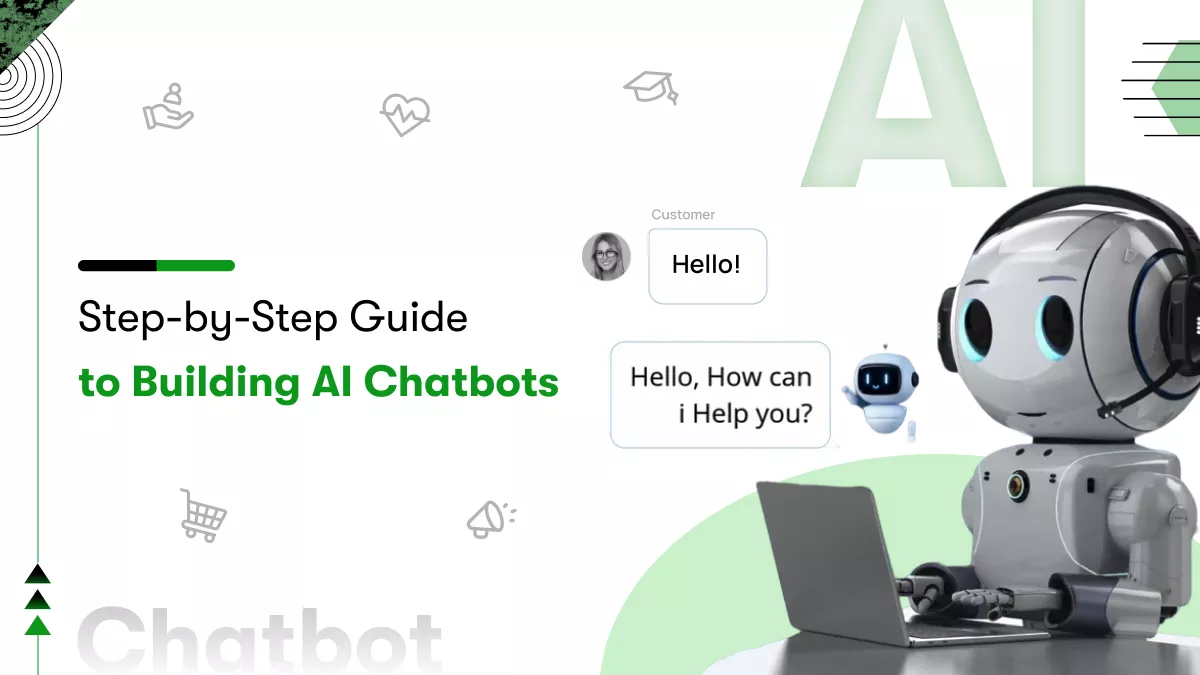

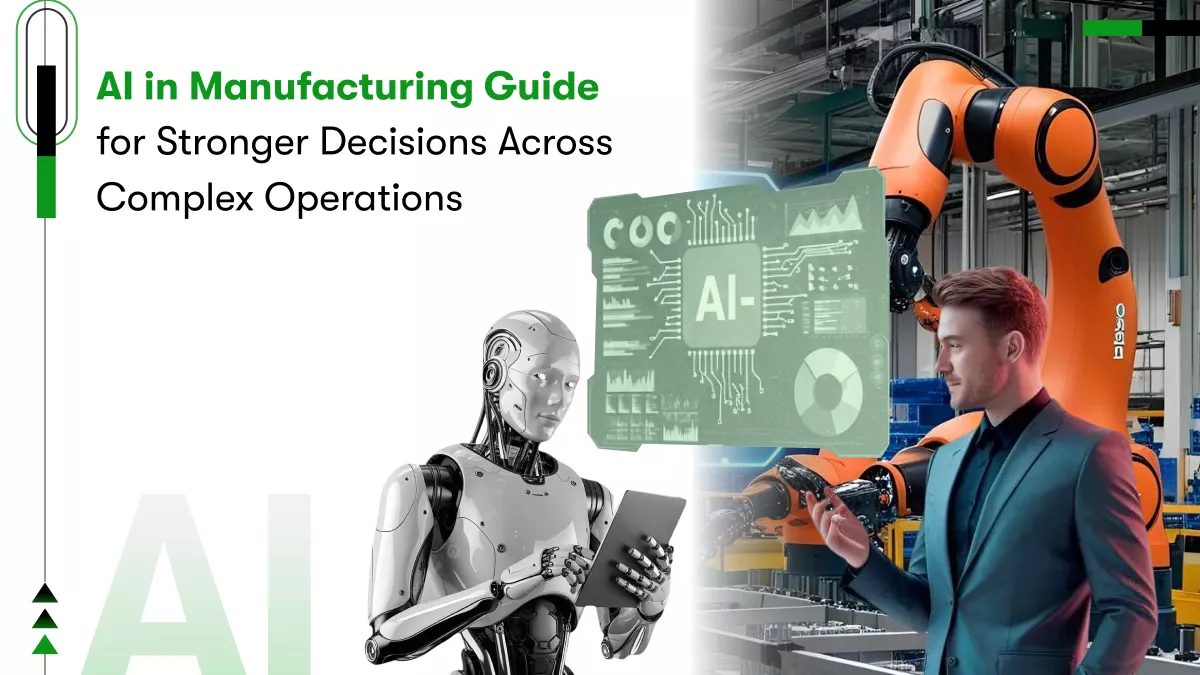
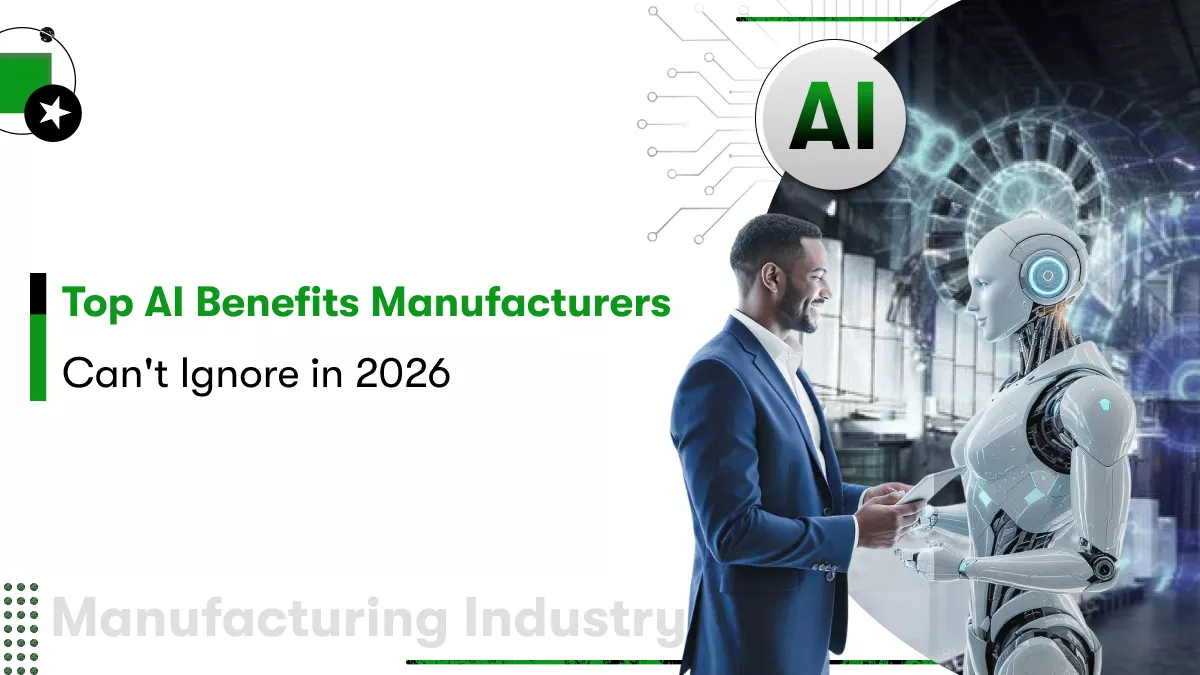
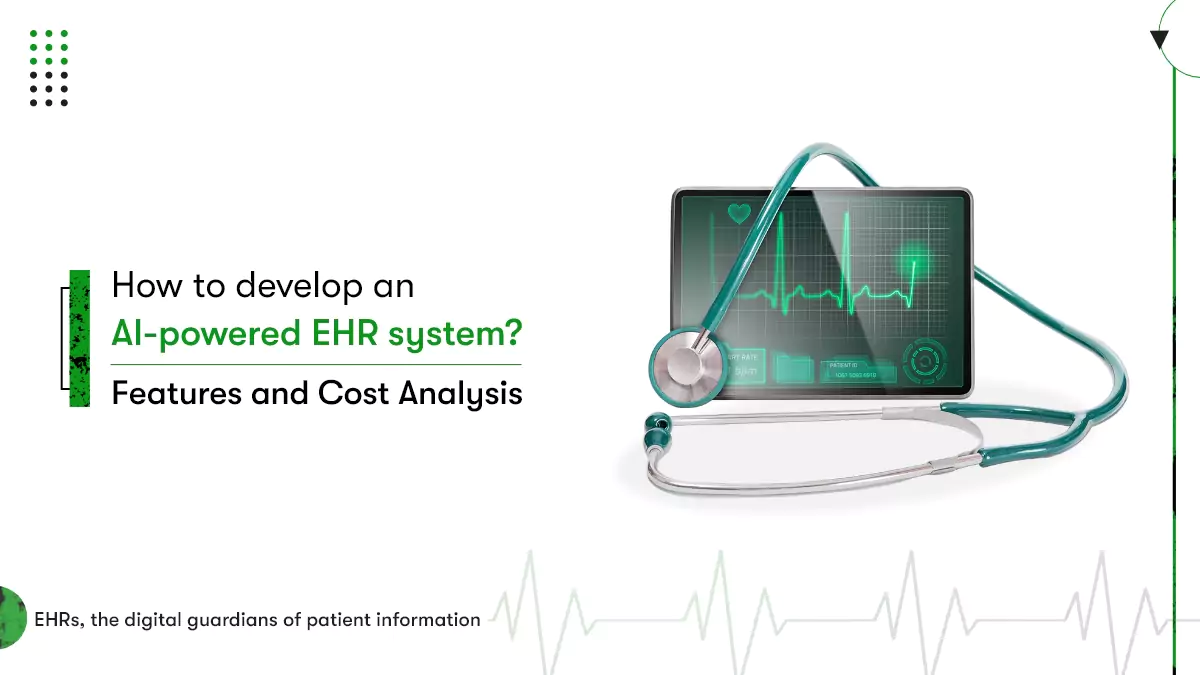







 Contact Information
Contact Information